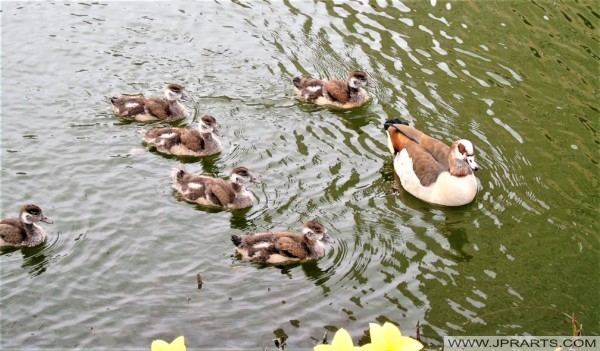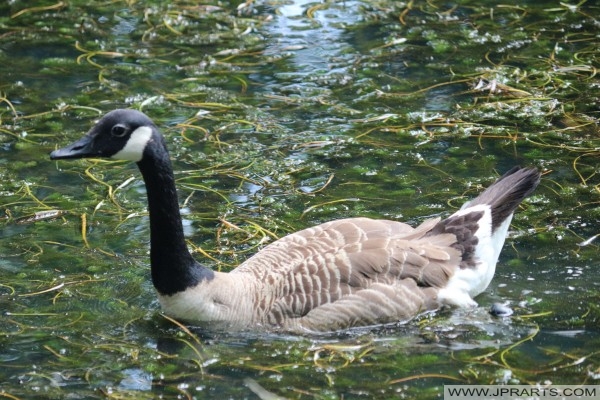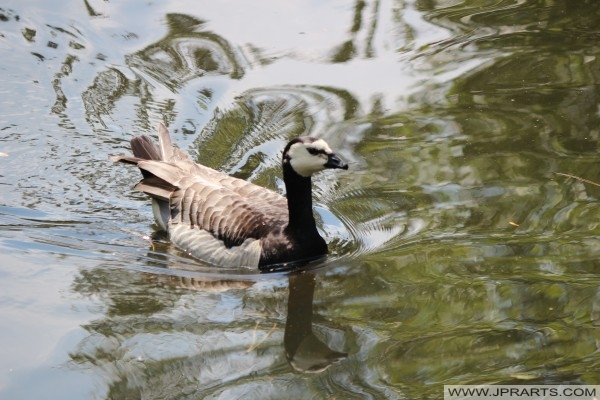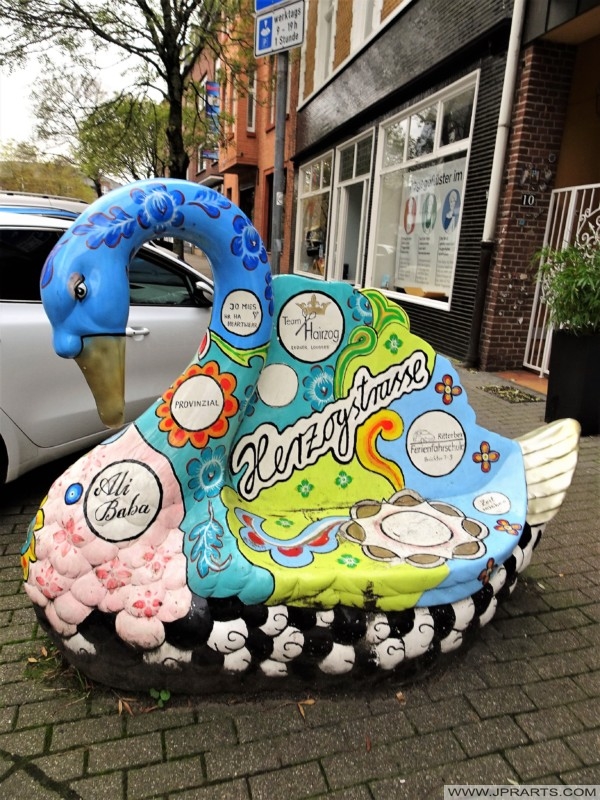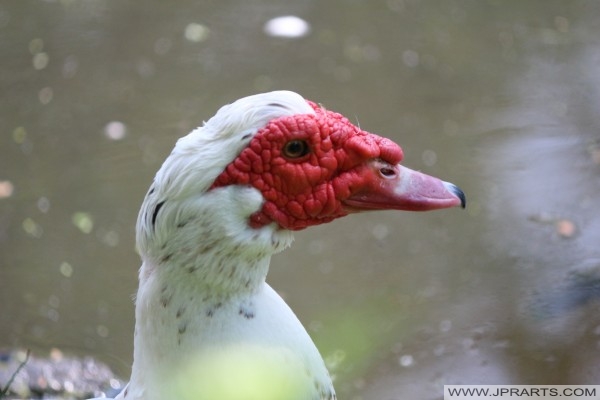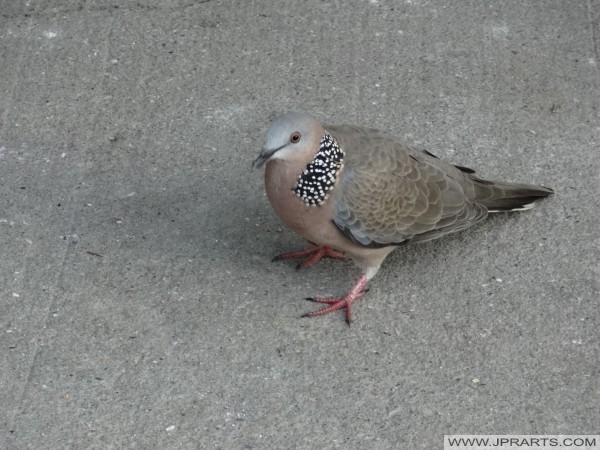The Egyptian goose (Alopochen aegyptiaca) is a member of the duck, goose, and swan family Anatidae. It is native to Africa south of the Sahara and the Nile Valley. Egyptian geese were considered sacred by the Ancient Egyptians, and appeared in much of their artwork. Because of their popularity chiefly as an ornamental bird, escapees are common and feral populations have become established in Western Europe.
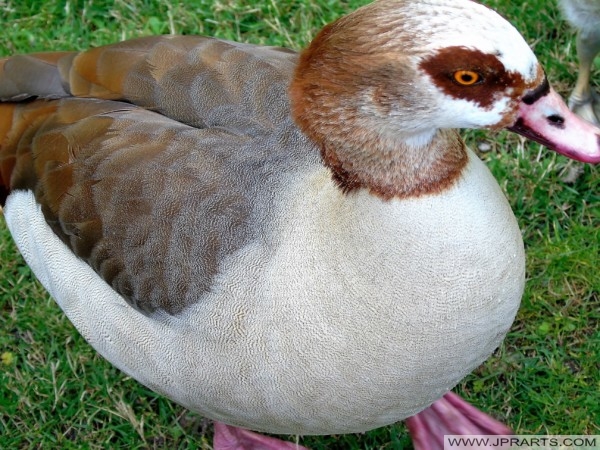
Egyptian Goose
Alopochen aegyptiaca
The Egyptian goose is believed to be most closely related to the shelducks (genus Tadorna) and their relatives, and is placed with them in the subfamily Tadorninae. It is the only extant member of the genus Alopochen, which also contains closely related prehistoric and recently extinct species.
Nilgans
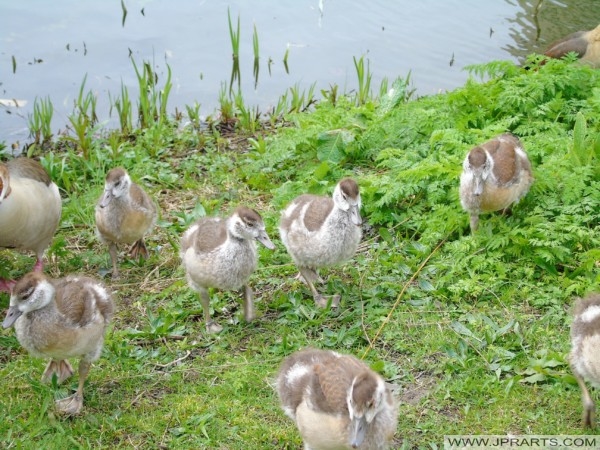
وزة مصرية
Ganso del Nilo
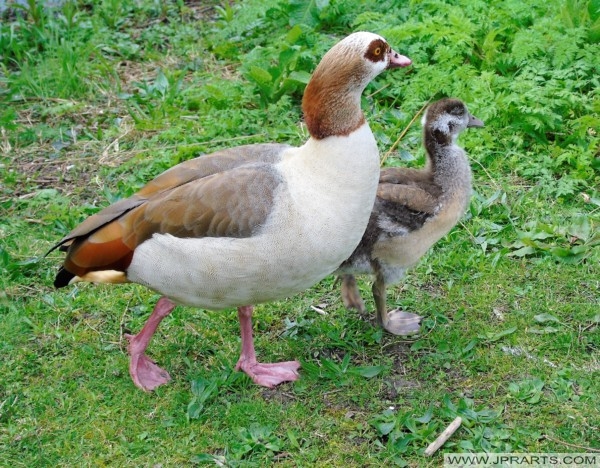
Нильский гусь
The sexes of this species are identical in plumage but the males average slightly larger. There is a fair amount of variation in plumage tone, with some birds greyer and others browner, but this is not sex- or age-related. A large part of the wings of mature birds is white, but in repose the white is hidden by the wing coverts. Egyptian geese typically eat seeds, leaves, grasses, and plant stems. Occasionally, they will eat locusts, worms, or other small animals.
Ganso Fotos y Videos
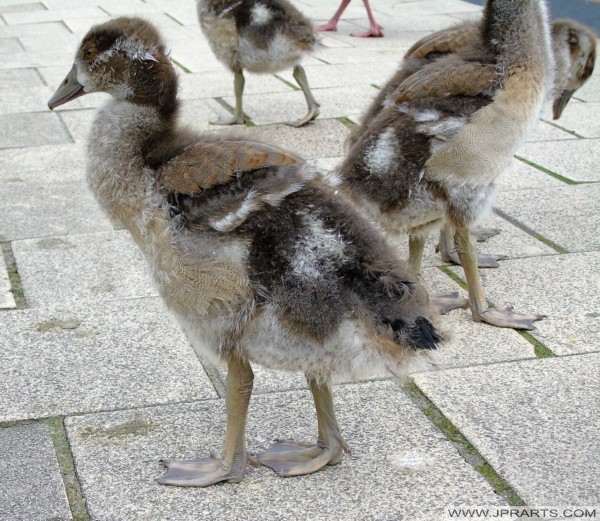
埃及雁
This species breeds widely in Africa except in deserts and dense forests, and is locally abundant. They are found mostly in the Nile Valley and south of the Sahara. While not breeding, it disperses somewhat, sometimes making longer migrations northwards into arid regions of the Sahel. It spread to Belgium, Denmark, France, Germany, Great Britain, Italy and the Netherlands where there are self-sustaining populations which are mostly derived from escaped ornamental birds. Escapes have also bred on occasion in other places, such as Texas, Florida, California, and New Zealand.
Mısır Kazı
Ouette d’Égypte
Visit the Cheap Webshop for Blu-rays, Books and DVDs
Click Here for More Stock Photos and Videos


